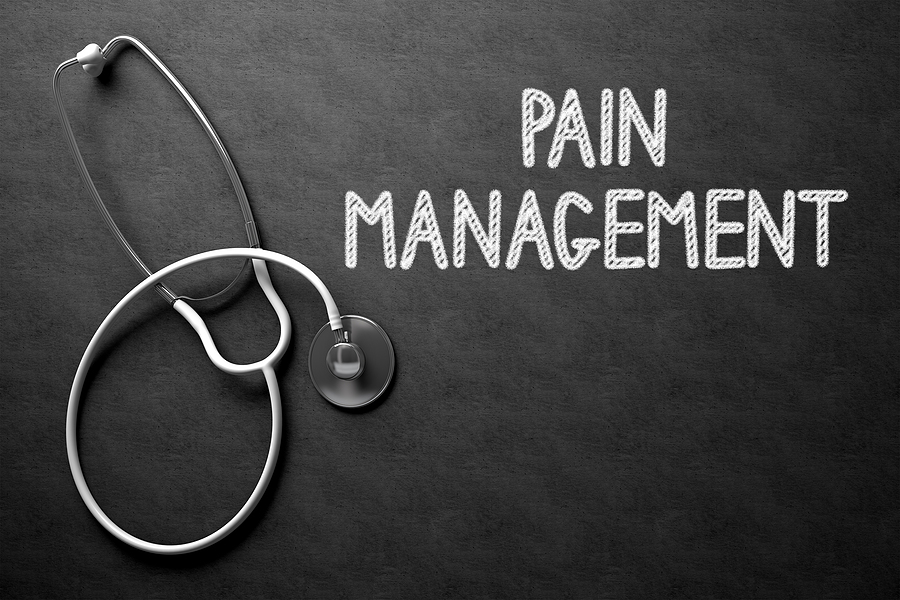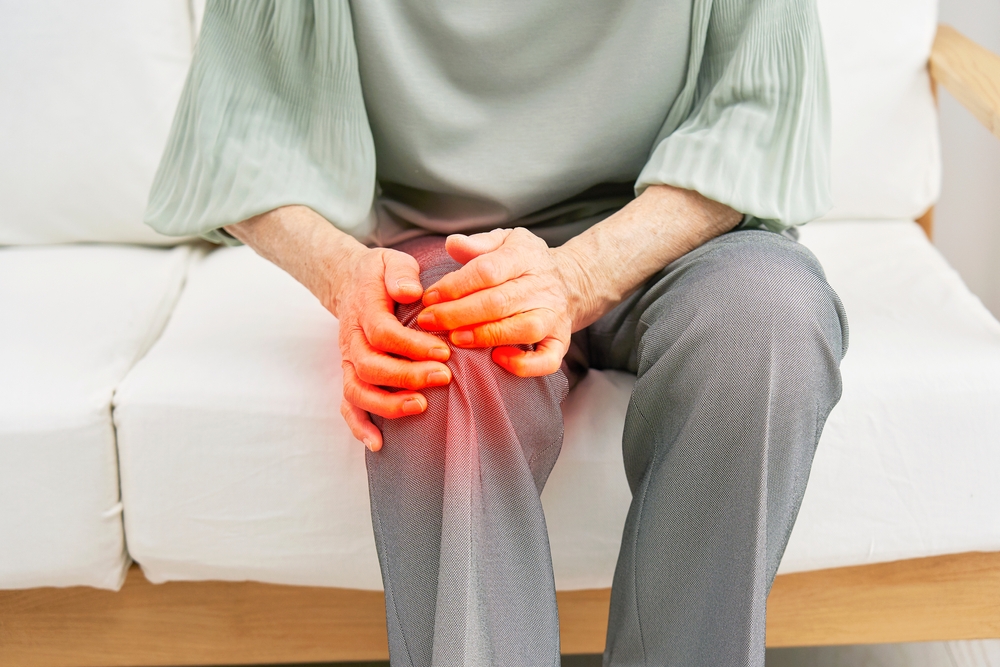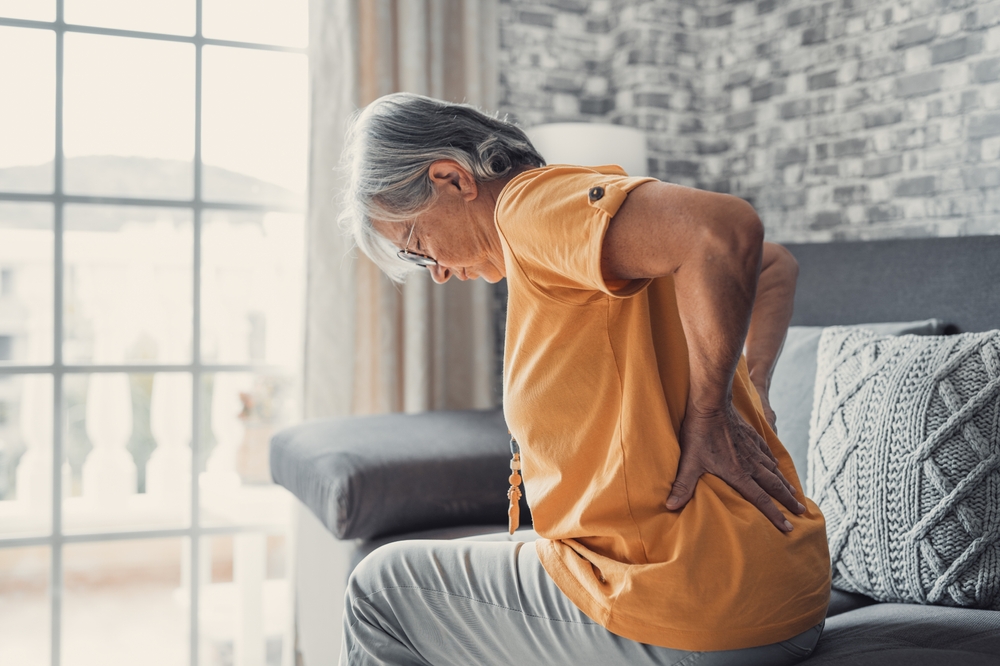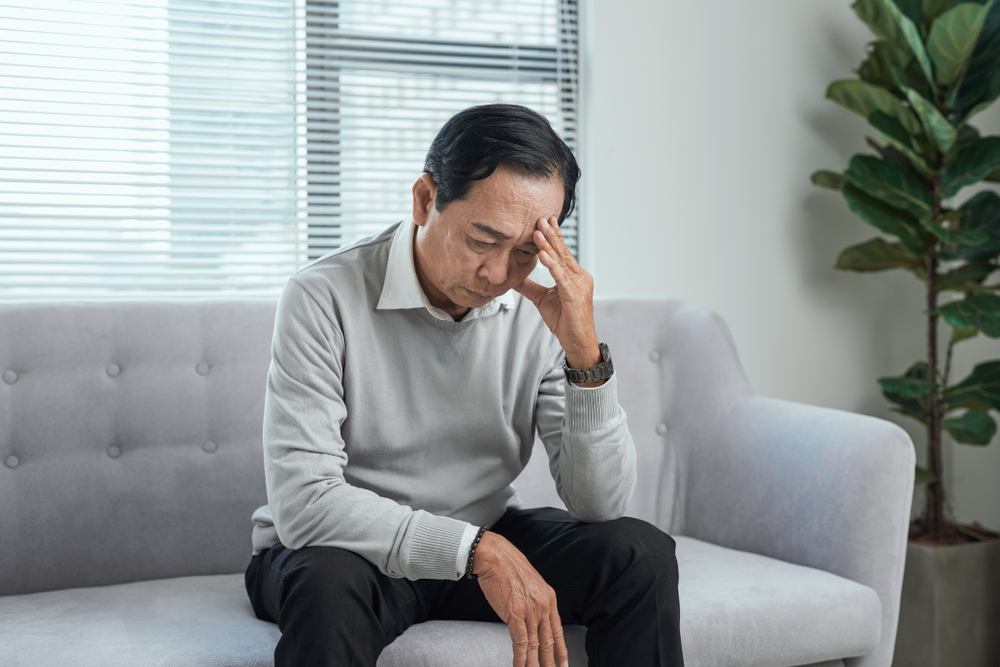Pain Management in Elderly Adults
Category:

Many seniors and elderly adults believe that experiencing chronic pain is a natural part of aging. Luckily, this is not the case. While pain management for seniors can be trickier than grabbing some Tylenol at your local drug store, there are options that can offer relief.
Why Is Pain Management in the Elderly so Challenging?
Managing pain in older adults can be done, it just takes a little more time and sometimes creativity to get it right. A myriad of pain medication exists but can work differently for a senior citizen as opposed to a younger person. Kidney function generally declines with age. The kidneys have a prominent role in filtering drugs out of the body, which must be taken into consideration when determining dosage. A dosage that is too small might not effectively combat the pain, but a dosage that is too high could cause kidney damage and do more harm than good.
Other considerations when determining how to treat an elderly person’s pain include how the medicine will be administered, and what other medications the person may take. Some elderly people have difficulty swallowing, and taking pills can be a challenge. Medications to manage pain in the elderly could also interact with other drugs. All of these issues should be discussed with a doctor, but should not dissuade or discourage a senior from seeking help.
Download a Free Guide to Relieving Arthritis Pain
Managing Pain in Older Adults
While it might not be as simple or straightforward as dealing with pain for a younger person, managing pain in older adults is still possible. There are more options than just pills or opioids as well.
When you go see your doctor or healthcare professional about the management of chronic pain in older adults, remember to be honest about how you are feeling and if you want medication or want to try something else first. Light exercise like tai chi or a consistent stretching routine may be all you need to find some relief. Your doctor may also recommend physical therapy, which can be done in an outpatient facility or even in the home. Topical analgesics are also an option that can offer pain relief and typically means you don’t have to worry about one more pill or mixing medications.
If a medication is the right choice for you, remember there are many options. Your pain management plan will likely involve starting with a low dose of a mild medicine like acetaminophen and slowly increasing or trying stronger medications until you find what works for you.
It may not always be possible to completely get rid of pain. But by talking to your doctor, you can find ways to manage your pain and earn some relief. Don’t be afraid to seek out these answers and help improve your quality of life.
Subscribe
Date: December 8, 2020
Category:


